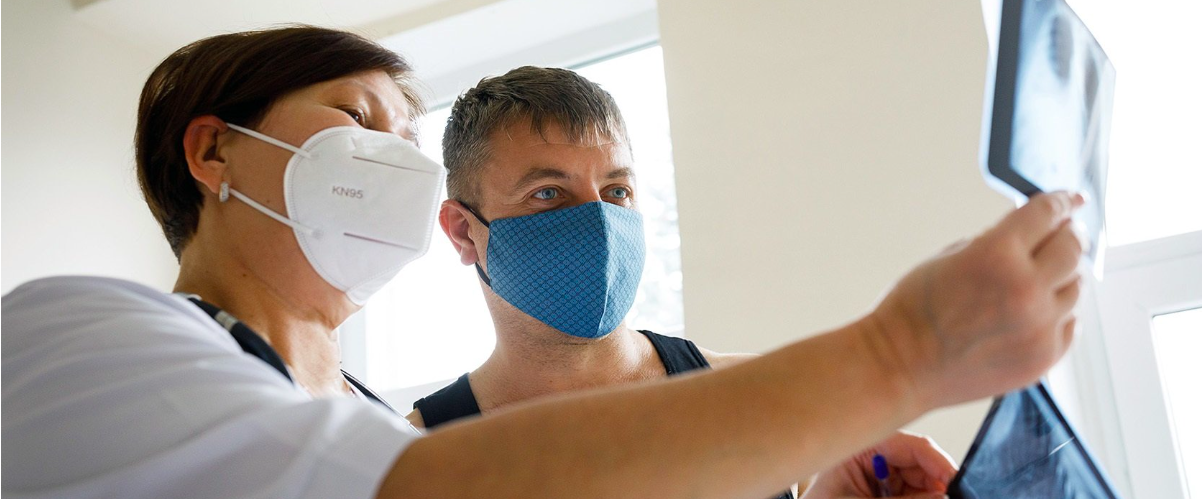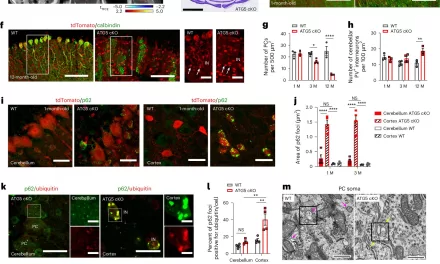Findings Published in Nature Communications Offer Promising Pathways for Vaccine and Drug Development
By [Your Name], February 7, 2024
The fight against tuberculosis (TB) has taken a significant step forward, thanks to groundbreaking research conducted by scientists at the La Jolla Institute for Immunology (LJI). In a recent study published in Nature Communications, the team led by Research Assistant Professor Cecilia Lindestam Arlehamn, Ph.D., alongside LJI Professors Bjoern Peters, Ph.D., and Alessandro Sette, Dr.Biol.Sci., has unveiled crucial insights into how human T cells combat Mycobacterium tuberculosis, the bacterium responsible for TB.
Dr. Lindestam Arlehamn emphasizes the importance of this research in addressing the urgent need for new TB vaccines and drug therapies. “With more than 1.3 million deaths attributed to TB in 2022, the disease remains a significant global health threat,” she states. “Our study aims to enhance our understanding of T cell responses during different stages of TB infection, paving the way for the development of improved diagnostic tools, vaccine targets, and drug candidates.”
Currently, the bacille Calmette-Guerin (BCG) vaccine offers partial protection against severe TB cases. However, its effectiveness in preventing pulmonary TB, the deadliest form of the disease, is inconsistent. Furthermore, the rise of drug-resistant TB cases underscores the pressing need for alternative treatment options.
T cells play a crucial role in the body’s defense against infections, recognizing specific markers known as peptide sequences belonging to pathogens. By identifying these “epitopes,” researchers gain valuable insights into potential targets for vaccines and drug therapies.
The LJI team’s study, conducted in collaboration with international partners, analyzed samples from TB patients undergoing treatment across Peru, Sri Lanka, and Moldova. By examining T cells from individuals with diverse genetic backgrounds and environmental exposures, the researchers uncovered 137 unique T cell epitopes associated with TB.
Of particular significance, 16% of these epitopes were found to be targeted by T cells from multiple patients, indicating their importance in immune response against TB.
Moving forward, Dr. Lindestam Arlehamn’s laboratory plans to further investigate these epitopes to identify promising candidates for future vaccine and drug development efforts.
In addition to offering insights into TB treatment strategies, the study also represents a significant advancement in TB diagnostics. By comparing samples from active TB patients with those from healthy individuals, the researchers identified distinct patterns of T cell reactivity that could serve as biomarkers for detecting latent TB and predicting progression to active disease.
“Our findings lay the groundwork for the development of improved diagnostic tools capable of identifying high-risk individuals and monitoring disease progression,” says Dr. Lindestam Arlehamn.
As the global community continues its fight against TB, research initiatives like this offer hope for more effective prevention, diagnosis, and treatment of this devastating disease.
This article is based on research conducted at the La Jolla Institute for Immunology and published in Nature Communications.












